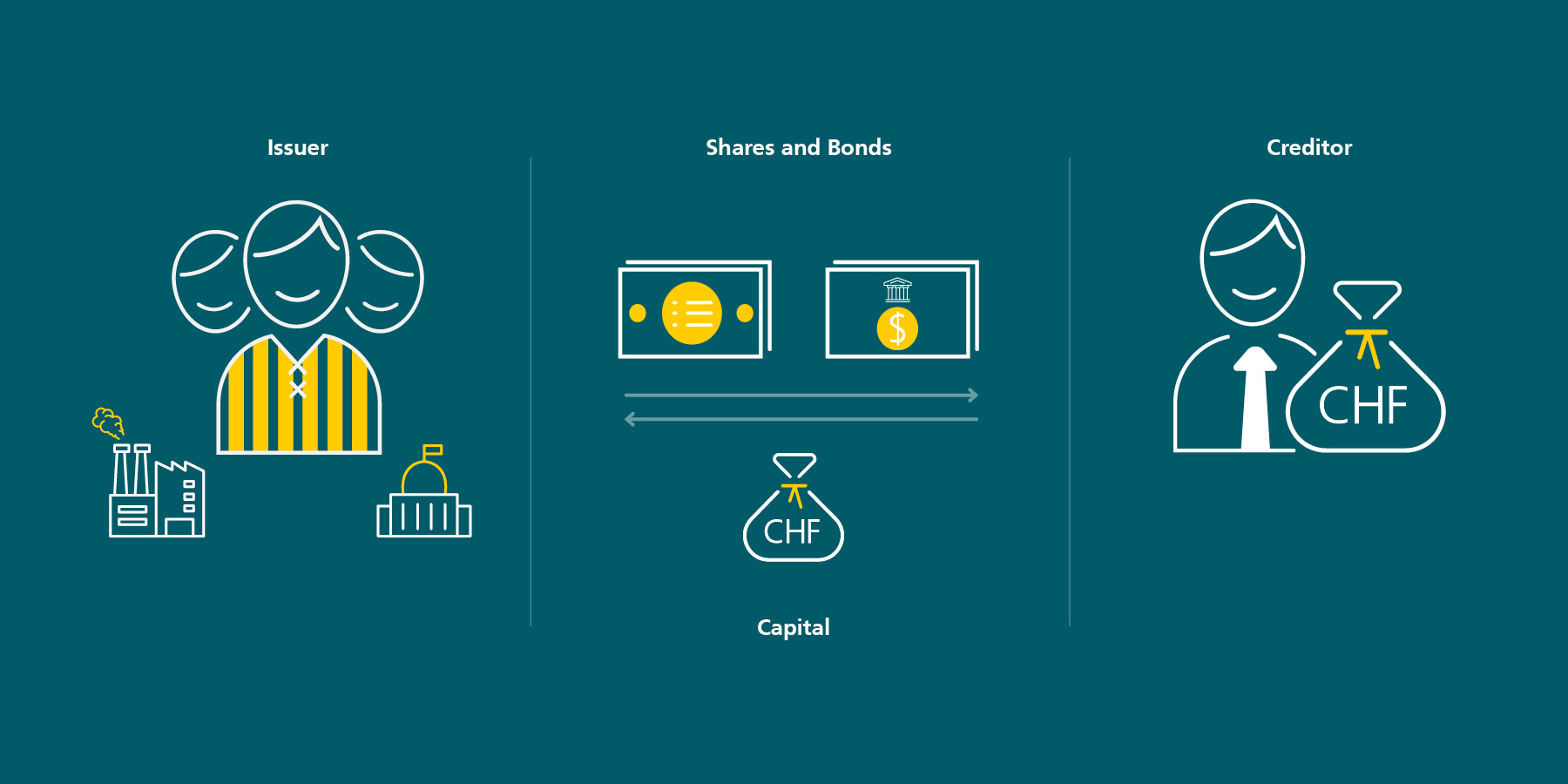At a glance
- An issuer is a legal entity that issues securities such as shares or bonds in order to raise capital or generate income.
- Issuers enter into obligations towards investors that vary depending on the type of security.
- When investing in securities, investors should pay attention to the issuer’s creditworthiness, the risk of default and other risk factors, such as volatility and liquidity.
Keep up to date on financial investments – with our investment newsletter.


